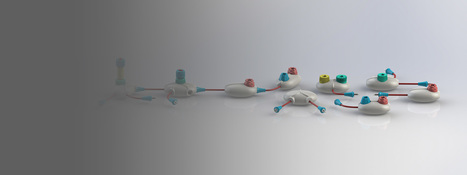Because technology is embedded in every aspect of daily life, computer science education in schools is a growing focus. In recent years, there’s a movement to teach children both computational thinking as well as how to code. This drive has motivated the development of programming languages specifically for children, so they can learn coding both within and outside of school. The vast majority of these existing languages require vision to either enter code (for example, through drag and drop) or experience the result of running the code (such as by watching an animation of robots moving). As a result, there are no programming languages for children that work for those with no or low vision.
In this project, we are designing a physical programming language for teaching computational thinking skills and basic programming concepts to children ages 7–11, regardless of their level of vision. To do so, this project follows a user-centered design approach, using iterative development and deployment of prototype technology with targeted users. The result will help children of all visual abilities acquire important computational thinking skills, and provide learning experiences that are imaginative, engaging, and fun for all.
Via John Evans



 Your new post is loading...
Your new post is loading...







